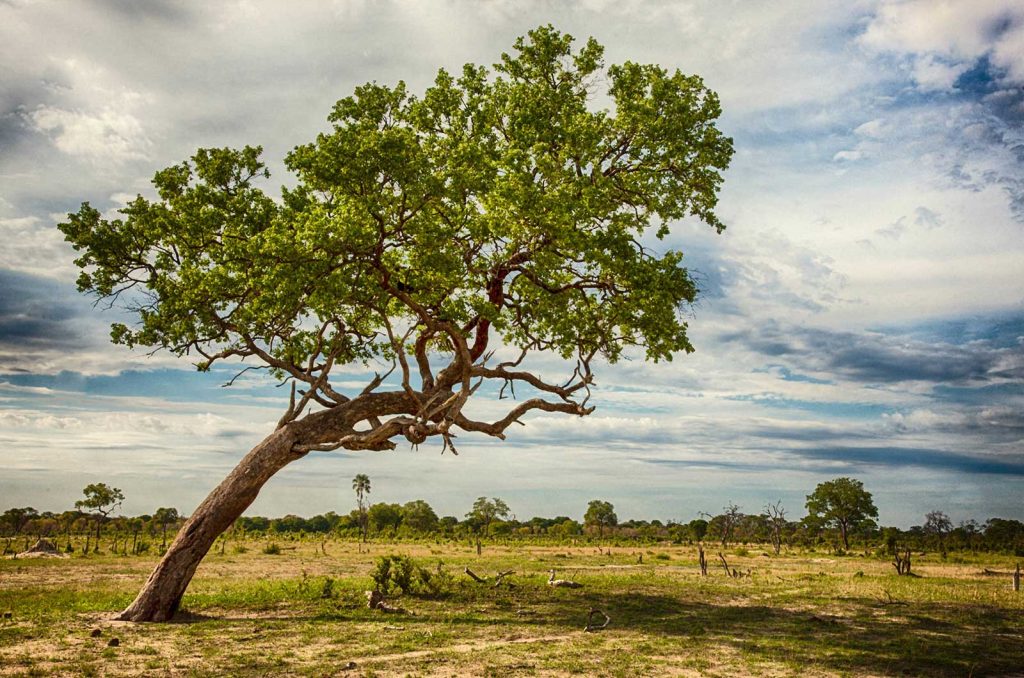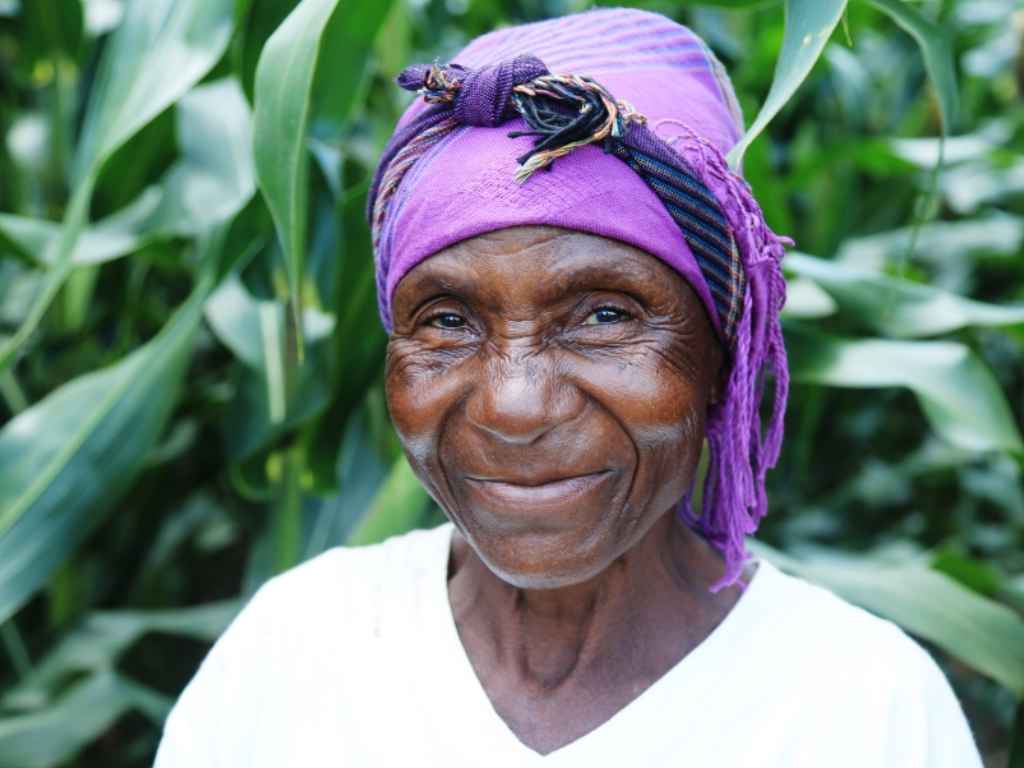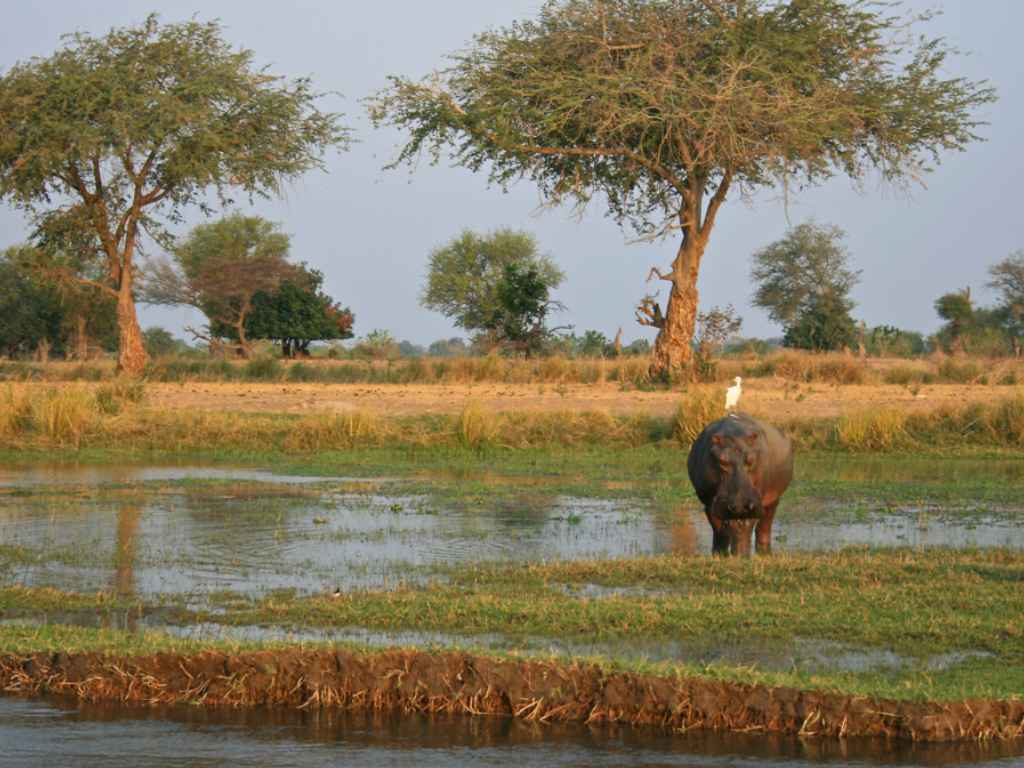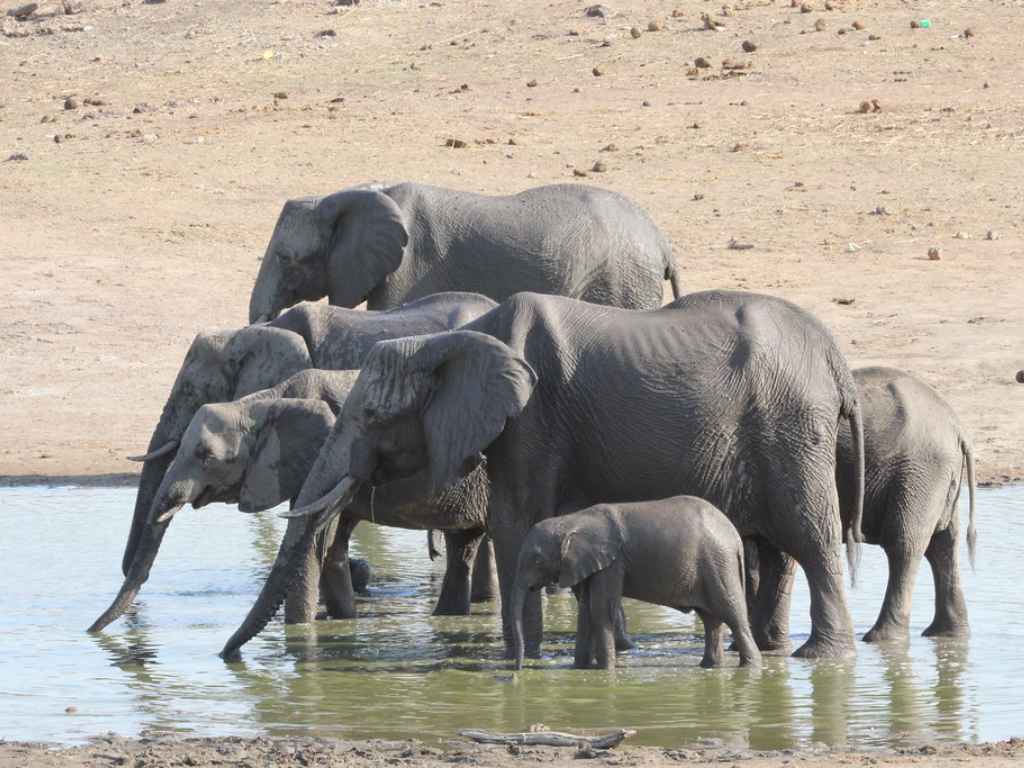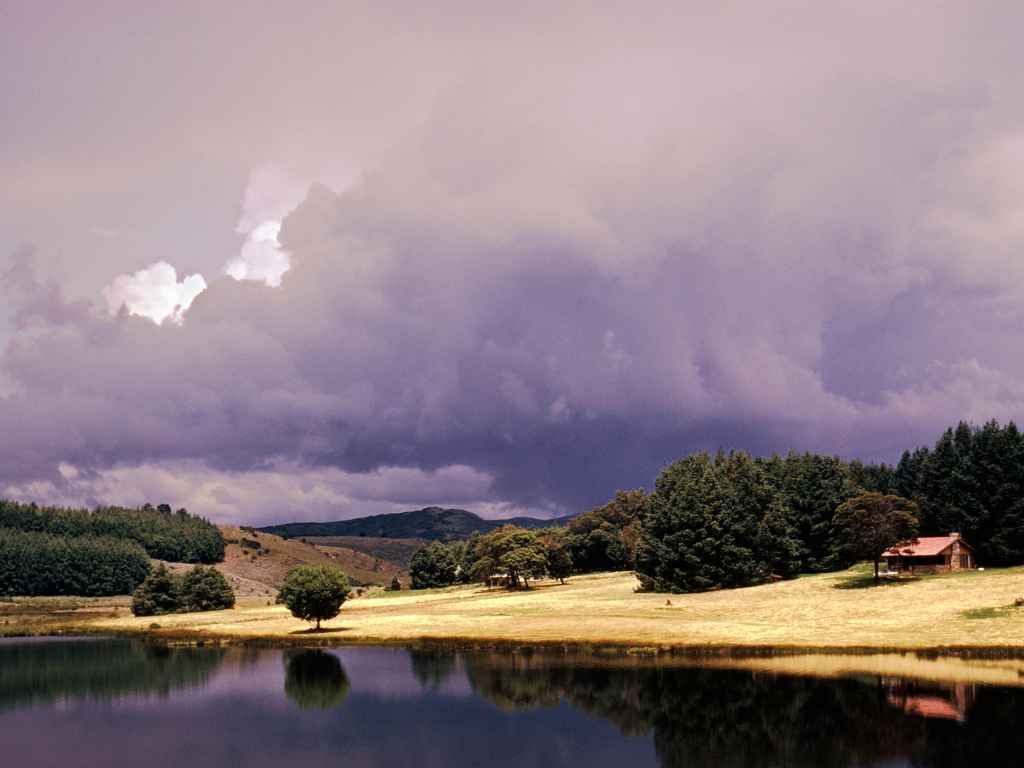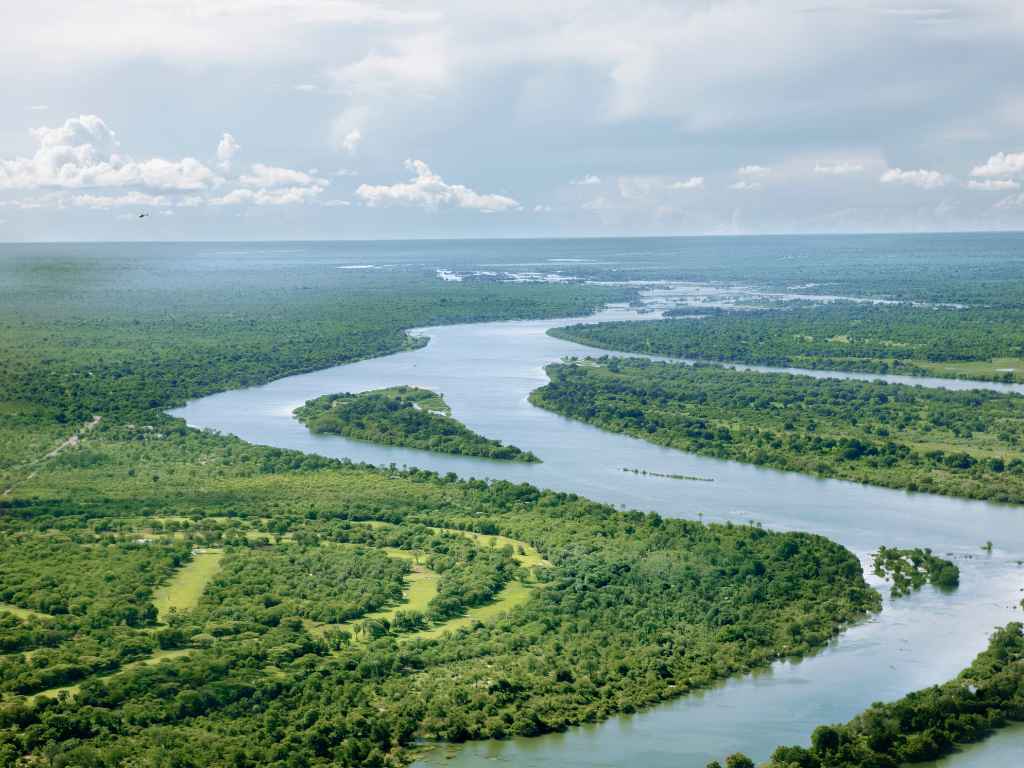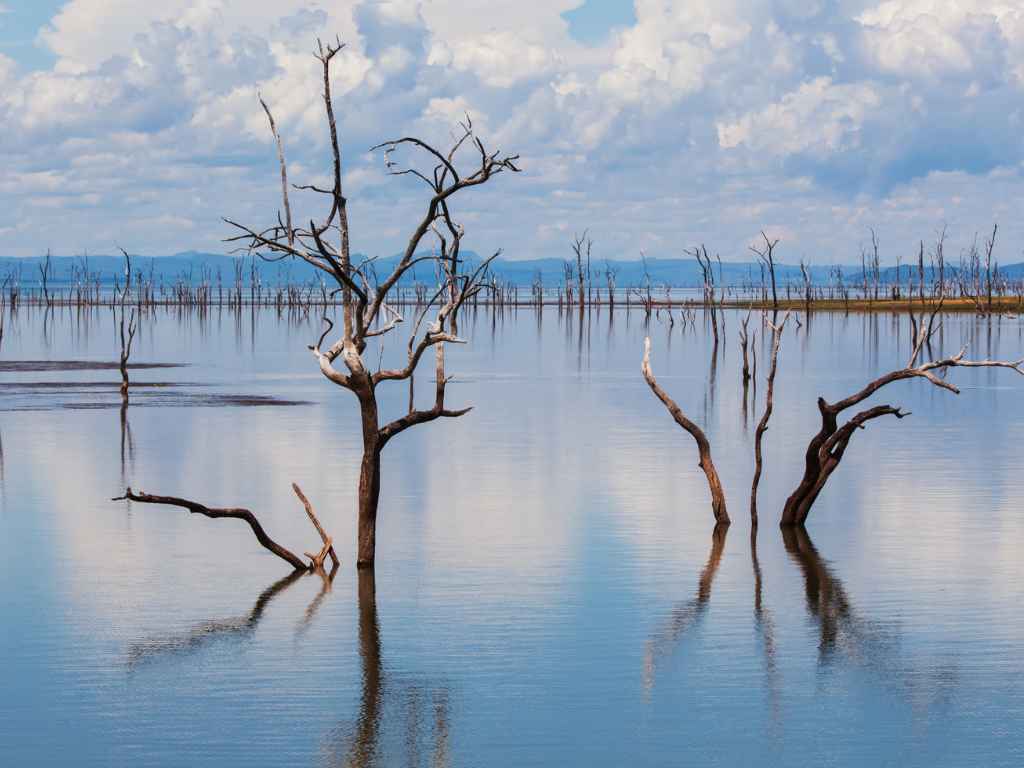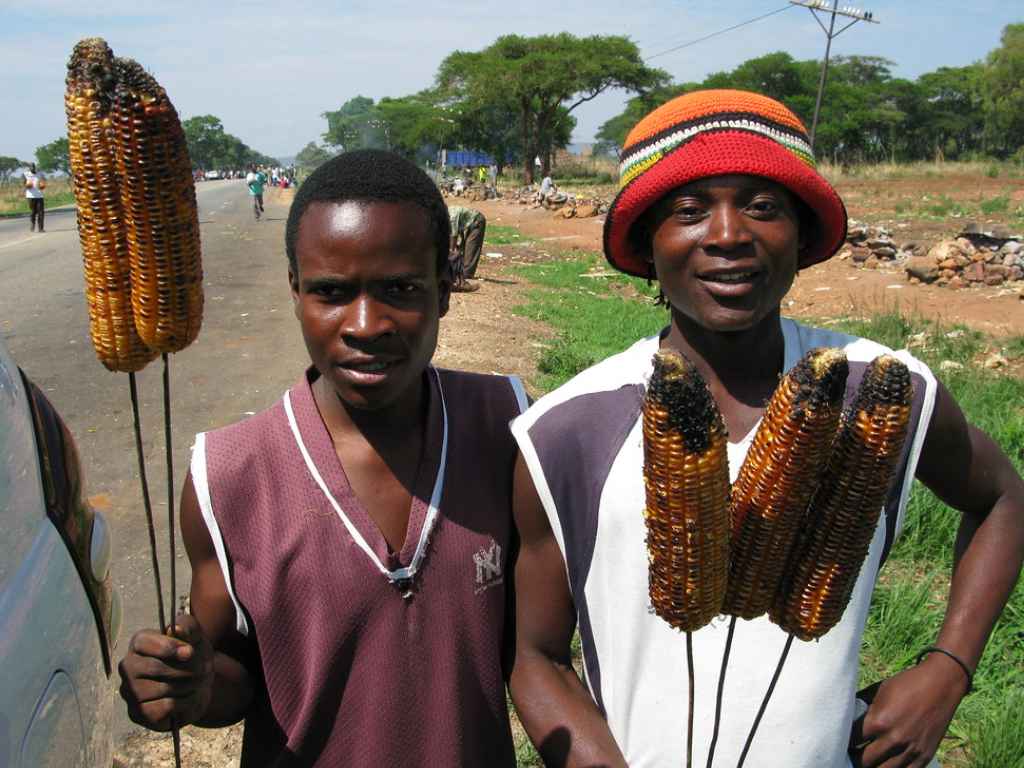Journey to one of the world’s natural wonders? The majestic Victoria Falls is where the mighty Zambezi River plunges into a chasm, creating a spectacle that’s nothing short of awe-inspiring. Nestled on the border of Zambia and Zimbabwe, this waterfall isn’t just about its enormous size, but the captivating aura it exudes.
Introduction
Delving into one of the world’s most captivating natural wonders, our exploration focuses on Victoria Falls. Inherent to both Zambia and Zimbabwe, it’s a sight that never fails to enthral and inspire.
Overview of Victoria Falls
An epitome of nature’s grandeur, Victoria Falls holds the mantle as the largest waterfall globally. It flies as the life-force of the Zambezi River, cascading with immense power into a chasm. Laying claim to a width of 1708 meters and a height of 108 meters, its misty spray visible from miles away. Surrounding the site, a lush rainforest breathes life, sustained by the waterfall’s endless precipitation and creating a unique ecosystem brimming with diverse flora and fauna. UNESCO recognises this splendour by designating Victoria Falls a World Heritage Site.
Location and Geography
Nestled on the border of Zambia and Zimbabwe, Victoria Falls paints an integral part of Southern African geography. It’s a part of the Zambezi River, which commences in north-western Zambia, traverses through Angola, touches Namibia and Botswana before its dramatic plummet at Victoria Falls. Post this, it courses through Mozambique before finally merging with the Indian Ocean. The region surrounding the falls holds geological significance, boasting layers of basaltic lava deposited from ancient volcanic activity. The erosive power of the Zambezi has intricately carved these layers, intensifying the breathtaking spectacle of Victoria Falls. The waterfall slices the landscape into east and west banks, with national parks, namely, Zambia’s Mosi-oa-Tunya National Park and Zimbabwe’s Victoria Falls National Park, embracing the natural marvel on either side.
The Falls
Carrying forward the journey to explore more about the Victoria Falls, we dive into critical aspects that need closer attention.
Facts and Figures
Significant numbers often define natural wonders, and Victoria Falls isn’t an exception. Some features make it a standing giant among waterfalls worldwide.
Height
Boasting a significant drop of about 108 meters, Victoria Falls holds an igniting vertical fascination. This height allows the waters to descend hurriedly, forming a scenic mist that encircles the falls.
Width
Spread across an impressive 1708 meters, Victoria Falls claims the title of the largest waterfall by width. This extraordinary breadth gives the waterfall its iconic horseshoe shape, further enhancing the appeal.
Flow Rate
Rated around 9,100 cubic meters per second, Victoria Falls exhibits a prodigious flow during high water season. The roar of these tumbling waters can be heard from a remarkable distance, creating the fall’s audial signature.
Formation and History
Approximately two million years ago, powerful geological shifts ushered the creation of Victoria Falls. Basalt rock formed by volcanic magma and subsequent earth movements shaped the falls over centuries, resulting in the majestic spectacle we observe today. Often explored but never tamed, the waterfall is steeped in stories from tribes, adventurers, and explorers passing time.
Best Viewing Points
To fully appreciate Victoria Falls, select vantage points unlock the breathtaking spectacle. Here are some of those compelling places:
Zimbabwean Side
Closer to the fall, about two-thirds of it lies on the Zimbabwean side. This offers unbeatable views amplified during the dry season when water levels are lower.
Zambian Side
Zambia provides a different perspective on Victoria Falls, especially during high water season. Rainforest trails and vantage points like Knife-Edge Bridge and the Boiling Pot offer riveting views.
Helicopter Tours
For a bird’s-eye view that encapsulates the vast expanse of Victoria Falls and its surroundings, nothing beats a helicopter tour. This aerial angle captures the sheer magnitude and beauty of the spectacle, creating an unforgettable experience.
Activities and Attractions
Bear in mind the grandeur of Victoria Falls doesn’t end with the majestic waters, it gets better with the assortment of adrenaline activities, guided tours and wildlife encounters at our disposal. Keep reading to unearth the various thrills this natural wonder brings.
Adrenaline Activities
Bringing adventure and excitement are the adrenaline activities, suited for the thrill-seekers visiting Victoria Falls.
Bungee Jumping
Take the plunge of a lifetime with bungee jumping at the Victoria Falls bridge. Factually, it’s a high-octane, 111-metre plummet towards the swirling Zambezi River, making it the third highest bungee jump in the world.
Whitewater Rafting
Further the rush with grades 4 and 5 of whitewater rafting in the raging currents of the Zambezi River. Touted as the “wildest one-day whitewater rafting trip in the world”, it’s an incomparable experience, ploughing through canyons and rapids.
Gorge Swing
Experience a different perspective of the falls with the gorge swing. Think of it as an extreme swing over the Batoka Gorge, offering unparallelled vistas of the landscape as you experience a genuine free fall.
Zip-lining
Next on the list, zip-lining. Picture yourself flying across the Zambezi River gorge, reaching speeds of up to 106km per hour on a 425-metre zip line. It’s nothing less than an aerial adventure with breathtaking views.
Guided Tours
Pack in your walking shoes, we’ve got a notable selection of guided tours to enhance your Victoria Falls experience.
Falls Walking Tour
Get up close with the falls on a guided walking tour. It allows the perfect chance to witness the thunderous waters and feel the misty spray, portraying the falls in their natural state.
Village Tours
Discover the heart and soul of the community with village tours. These excursions provide an insight into the local culture, traditions, and ways of life of the people living in the shadows of Victoria Falls.
Sunset Cruises
Experience the charm of the mighty Zambezi with sunset cruises. As the day ends, absorb the enchanting view of the sun setting over the river, accompanied by the soothing sounds of nature.
Wildlife Encounters
Seize the opportunity to delve into the thriving ecosystems surrounding Victoria Falls.
Safari Drives
Consider a classic safari drive for a chance to encounter the Big Five – lions, buffalo, elephants, leopards, and rhinos – in their natural habitat.
Elephant Encounters
Experience the thrill of interacting with these colossal giants in elephant encounters. These ethically managed interactions offer a unique opportunity to learn about and appreciate these majestic creatures up close.
Chobe National Park (Botswana)
Make a day trip to the nearby Chobe National Park in Botswana. Renowned for its vast elephant herds, the park houses an impressive variety of wildlife, giving you an authentic African safari experience.
When to Visit
Planning a visit to Victoria Falls offers a unique challenge due to the varying conditions throughout the year. Below, we delve into the most favourable times to plan your trip, considering factors such as seasons, weather, and climate.
Best Time of Year
Typically, travellers find the period from June to August to be the best time to visit Victoria Falls. Reasons for choosing this period include better wildlife viewing opportunities. Animals, such as elephants, hippos, or buffalo, converge around the Zambezi River as it’s the dry season. Furthermore, this period sees the falls in its fullest form, resulting in awe-inspiring views. However, the experience varies all year round, and each season comes with its charm, asserting Victoria Falls as a year-round destination.
Peak Season vs. Off-Season
When it comes to travel, knowing the peak season can be invaluable. For Victoria Falls, the peak season typically coincides with the dry months of June through August. Tourists flock in this time not only to witness the cascade’s massive volume but also to see the wildlife concentrated around water sources. On the contrary, the wet months, November to April, are considered the off-season. This period experiences fewer crowds, offering visitors a more intimate experience. Additionally, costs such as accommodation may be lower, making it an attractive option for budget travellers.
Weather and Climate
The semi-tropical climate of Victoria Falls results in two distinct seasons; the dry season, from May to October, and the wet season, from November to April. The dry season, with its clear skies, low humidity, and temperate weather is widely recommended for wildlife viewing, sightseeing, and adventure activities. Contrarily, the wet season, characterized by afternoon thunderstorms, offers visitors an opportunity to see the falls in full force, along with the chance to enjoy lush, green landscapes. As with any tropical region, packing should be versatile, including items for both warm and potentially cool conditions.
Accommodation
Ensuring a comfortable stay elevates the experience at Victoria Falls. Here, we delve into several accommodation choices available, ranging from hotels and lodges to camping and self-catering options.
Hotels and Lodges
With a mix of luxury and budget-friendly choices, the availability of hotels and lodges near Victoria Falls serves all travel style needs.
Zimbabwean Side
On the Zimbabwean side, reputed names like Victoria Falls Safari Lodge and Elephant Hills Hotel offer prime views of the waterfall. Imagine premium Rooms, exclusive wildlife viewing decks, and first-class amenities that ensure a memorable stay.
Zambian Side
Across the border, in Zambia, Royal Livingstone Hotel and Avani Victoria Falls Resort captivate visitors with their blend of luxury accommodation and close proximity to the falls. These hotels present an opportunity to wake up to the sounds of the cascading waterfall and, often, sight wildlife from the comfort of a private balcony.
Camping and Glamping
For the adventurous spirit, buzz with larger connection to the wild, camping and glamping options are a premier choice. These range from places like Livingstone’s Adventure Victoria Falls Waterfront and the upscale Sindabezi Island guest rooms. Both meet the needs of nature lovers and those seeking an intimate, rustic experience in the great outdoors.
Self-Catering Options
Lastly, self-catering options offer a feel-at-home vibe. Locations such as Lokuthula Lodges and Victoria Falls Rest Camp provide cosy lodgings, equipped with kitchens for those preferring to prepare their meals.
Whether desiring opulence, a rustic camping experience, or the charm of a home-like stay, Victoria Falls offers a myriad of accommodation choices to suit every traveller’s unique needs.
Getting There
To reach Victoria Falls, travellers have numerous options. They can choose from air and road travel, each offering its unique experience. In this section, we elaborate on these modes of transportation and discuss cross-border travel.
By Air
Air travel serves as a swift and convenient medium to travel to Victoria Falls. Victoria Falls Airport (VFA) in Zimbabwe and Harry Mwanga Nkumbula International Airport (LVI) in Zambia are the two main airports catering to international and domestic flights, connecting Victoria Falls with prominent locations worldwide. Major airlines operating here include Air Zimbabwe, Kenya Airways, and South African Airways. Receipt of an e-Visa, if applicable, allows for prompt disembarkation and immigration processing.
By Road
For those preferring road travel, excellent road networks connect Victoria Falls with major cities in Zimbabwe, Zambia, Botswana, and South Africa. Rental cars, private taxis, and coach services are operational for tourist travel. For instance, travel from Zimbabwe’s capital, Harare, to Victoria Falls is mostly a smooth, paved highway stretching approximately 870 km. The journey cast in the backdrop of Zimbabwe’s picturesque landscapes makes road travel a joyous experience. However, taking out Travel Insurance remains vital in case of breakdowns or other unintentional mishaps.
Cross-Border Travel
Bridging Zimbabwe and Zambia, the Victoria Falls Bridge offers a splendid venue for tourists engaging in cross-border travel. A valid passport, along with necessary visas, permits crossing over to the other side. The border post operates from 6.00 am to 10.00 pm daily, though hours could change with seasonal considerations or special events. Customs forms, obtainable at the border, require completion for vehicles crossing. Payments, where needed, are mostly in cash form with the US dollar and local currencies being widely accepted. However, we recommend checking the current border protocols before planning your journey to Victoria Falls.
Practical Information
To enhance your Victoria Falls adventure, we provide essential details, focusing on entry requirements, health and safety norms, the money and currency scene, and indispensable packing tips.
Entry Requirements and Visas
Travellers entering either Zimbabwe or Zambia typically require valid passports, with at least six months’ validity counting from the date of entry. Remember, citizens of specific countries obtain visas upon arrival, while others might require arranging visas in advance. For instance, UK and US citizens can apply for tourist visas upon arrival in both Zimbabwe and Zambia. However, as visa policies may alter, we advise confirming with the local Embassies or High Commissions before travelling.
Health and Safety
Maintaining personal health and safety tops every traveller’s list. Regarding health, consider taking the essential vaccinations. For instance, yellow fever vaccinations aren’t imperative unless you’re entering from an infected region. Also, note that malaria is prevalent but manageable with suitable preventive measures.
On the safety aspect, Victoria Falls possesses one of Africa’s safer tourist spots. However, we recommend observing the usual precautions. Avoid displaying excessive wealth, follow local laws, respect wildlife, and stick to designated paths when exploring the Falls.
Money and Currency
Zimbabwe’s official currency is the Zimbabwean Dollar ($), while Zambia employs the Zambian Kwacha (ZMW). However, the US dollar finds wide acceptance in the Victoria Falls region. Card payments (Visa/Mastercard) are also possible but with occasional network issues. Travellers Cheques, meanwhile, hold less preference.
Packing Tips
Reflecting on Victoria Falls’ tropical climate, lightweight clothing makes your best friend. During the May to August winter season, pack in some warm clothes for the cool mornings and evenings. A rain poncho or waterproof jacket is advisable during the rainy season (November to March). Don’t forget essentials like sturdy walking shoes for the rugged terrains, a reusable water bottle, sun cream, sunglasses, a wide-brimmed hat for sun protection, mosquito repellent, and a solid first-aid kit. Lastly, binoculars and camera gear complete your packing for those stunning Victoria Falls visuals.
Cultural and Historical Context
In aligning with the aim to give a comprehensive understanding of Victoria Falls, we’re delving into its rich cultural and historical significance. This section unravels how Victoria Falls has been deeply instilled in the lives of indigenous communities, shaped by colonial history, and at the forefront of conservation efforts.
Indigenous Communities
Long before Victoria Falls found its place in popular tourism, the region bore cultural importance to local communities. The Tonga and the Lozi, for example, regard the waterfall as a spiritual locale, named Mosi-oa-Tunya, or ‘The Smoke that Thunders’. Ceremonies are often conducted here, demonstrating the enduring significance of Victoria Falls to indigenous communities. Many local tribes treat the waterfalls with reverence, incorporated in their lore, folk tales, and traditional rituals.
Colonial History
The colonial history of Victoria Falls began in the 19th century when David Livingstone, a Scottish explorer, sighted these majestic waterfalls. On November 16, 1855, as part of his exploratory expedition along the Zambezi River, Livingstone named the falls in honour of Queen Victoria. This initiated a wave of increased recognition of the region globally, and laid the foundation for its transformation into a prominent tourist destination. However, this colonial imprint has left a complex legacy, interweaving indigenous culture, colonial history, and evolving national perspectives.
Conservation Efforts
Victoria Falls is not just a centre of cultural and historical heritage – it’s also a crucial area for environmental conservation. The region’s natural beauty and biodiversity have spurred extensive conservation efforts. National parks like the Mosi-oa-Tunya National Park in Zambia and the Victoria Falls National Park in Zimbabwe work tirelessly to preserve the area’s pristine conditions. Their initiatives include protection against poaching, habitat conservation, and management of tourism impact. The conservation work ensures that future generations can enjoy the stunning spectacle of Victoria Falls while preserving its diverse ecosystem.
Beyond Victoria Falls
Delving deeper into the regions surrounding Victoria Falls, we find regions brimming with culture, history and abundant wildlife. The Livingstone city in Zambia, Hwange National Park in Zimbabwe, and Chobe National Park in Botswana, present opportunities for further exploration. Each region offers a distinctive experience to visitors looking to amplify their Victoria Falls journey.
Livingstone (Zambia)
Marked by its colonial-era architecture, Livingstone is the tourist capital of Zambia and the gateway to Victoria Falls. The city boasts attractions such as the Livingstone Museum, which showcases the country’s history and prehistory. Rail enthusiasts might appreciate the Railway Museum, featuring early 20th-century steam locomotives. For the nature lovers, Mosi-oa-Tunya National Park, renowned for its vibrant wildlife and bird species, offers a unique chance to see the endangered White Rhinos.
Hwange National Park (Zimbabwe)
Just a short drive from Victoria Falls, Hwange National Park presents another wildlife-filled destination. As the largest natural reserve in Zimbabwe, Hwange spans about 14,650 square kilometres and supports diverse animal habitats. Known for its massive Elephant population, the park ticks all the boxes as a premier safari destination. The park’s three main camps, Main Camp, Sinamatella and Robins, provide perfect bases for game drives, walking activities and curated safari experiences.
Chobe National Park (Botswana)
Crossing borders into Botswana, the Chobe National Park awaits. As the third largest park in the country, it is known for its distinctive four ecosystems, particularly the Savuti marsh. With one of the highest concentrations of wildlife in Africa, tracking the Big Five becomes a thrilling possibility. Visitors also find one of the largest continuous Elephant populations on the African continent. Additionally, the Chobe Riverfront allows a unique water perspective for game viewing with a successful fishing industry framing the backdrop.
Tips and Recommendations
Having explored the myriad of attractions and regions surrounding Victoria Falls, let’s delve into some insider tips and recommendations that visitors might find handy. From capturing the perfect photograph to relishing the local cuisine and nightlife, to carrying home tangible memories, follow our guide to make the most of your Victoria Falls experience.
Best Photo Spots
Capturing the essence of Victoria Falls in a photograph is an ambitious task, given its grandeur. However, there are a few spots that offer stunning perspectives. One of these is at the Knife Edge Bridge, where misty rainbows often add vibrancy to your shots. The Lookout Cafe provides a panoramic view of the gorge, and the Zambezi River. For adventure seekers, microlight flights and helicopter tours offer aerial views of this immense waterfall. Always remember to photograph early in the morning or late in the afternoon for soft lighting, accentuating the beauty of the Falls.
Dining and Nightlife
Immersion in local culture goes beyond sightseeing; it’s about savouring the freshest local flavours and indulging in the vibrant nightlife that Victoria Falls offers. The Livingstone Room at the Victoria Falls Hotel offers an exquisite fine dining experience, whereas The Boma – Dinner and Drum Show provides a fusion of culinary delights and interactive African entertainment. For late-night fun, check out Shoestrings Cafe for its lively music and friendly atmosphere.
Local Souvenirs and Crafts
Carry a bit of Victoria Falls home with you by shopping for local souvenirs and crafts. The Elephant Walk Shopping and Artist’s Village houses numerous shops selling traditional art, wood carvings, jewellery, and handmade crafts. Zimbabwe stone sculptures are unique and widely recognised, making them a fitting memento of your visit. Be sure to support local artisans by buying authentic products and bargaining fairly.
Conclusion and Additional Resources
So, we’ve journeyed through the awe-inspiring Victoria Falls, experienced the thrill of the adrenaline-pumping activities, and met the diverse wildlife. We’ve navigated through the practicalities of visiting, and explored the surrounding regions – Livingstone, Hwange National Park, and Chobe National Park. We’ve shared our top tips for capturing the perfect photo, dining in style, and shopping for unique local crafts.
As your adventure ends, remember that Victoria Falls is more than just a waterfall. It’s a gateway to a world of experiences, each one as unique and memorable as the falls themselves. Whether you’re an adrenaline junkie, a wildlife enthusiast, or a history buff, there’s something for everyone.
For more detailed information, check out our additional resources. They’ll provide you with everything you need to make your Victoria Falls adventure truly unforgettable. We hope you’ll fall in love with this place as much as we have. Safe travels!
I’m the guy creating the content here at VisitZimbabwe.com. I’m an avid traveller and have been a digital designer and content creator for more than 30 years. In that time I’ve been responsible for dozens of online businesses spanning many industries including travel and tourism. I still have a passion for designing great web experiences. You can contact me via my personal site at https://ma.rcus.co.uk/

